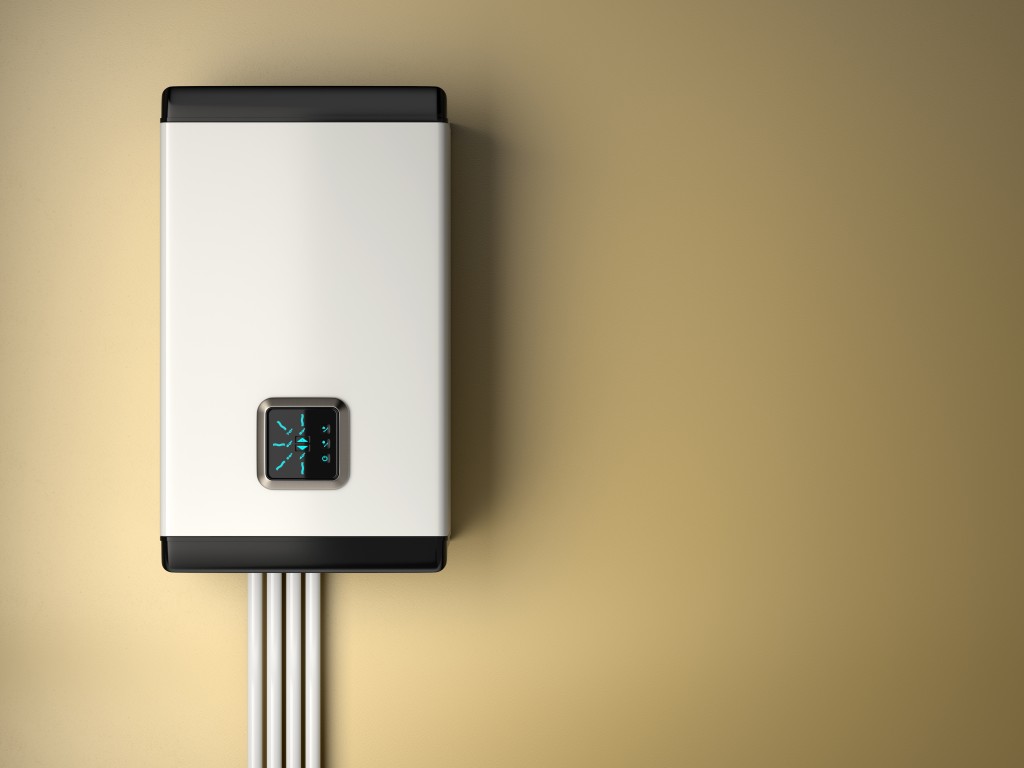The cold weather can cause great damage to your home if you do not take proper precautions against it. Therefore, before the weather temperatures drop dramatically and start to invade your household, have these measures in place.
Insulate, Insulate, and Insulate
Add extra insulation in areas where heat may likely escape. These include the basement, the attic, cathedral ceilings, garages, windows, crawl spaces, and cold concrete. Insulation does not only protect you from the cold, it also helps reduce energy costs by at least 40%.
Clean Gutters
You need to ensure that melting snow and ice can flow freely when they land on your roof and gutters. To prevent ice from damming on your gutters and causing water to infiltrate your roof and walls, clean this part of your house thoroughly before the winter weather sips in.
Remove Dead Branches from Trees
The ice, cold winds, and snow can weaken the trees and their branches, causing them to fall towards your home. Falling trees can cause injury and may damage your property. To prevent this, cut branches or trim the trees around your premises.
Repair Damaged Handrails and Steps
Broken handrails and stairways can cause injuries that can be lethal. When covered with snow, protruding portions of their broken parts may not be visible and may cause accidents. Prevent this by repairing any damage or replacing their damaged parts.
Have a Backup Power Supply
The cold weather may weaken the power supply in some instances. Hence, it is a must to have a backup power supply. Loss of power can lead to heaters not working efficiently, allowing the cold to seep into your home. It may also cause the freezing of pipes and water lines. A backup power provides an uninterruptible supply of power that prevents system shutdowns.
Upgrade Appliances

Buying high-quality commercial gas heaters and other more efficient household machines is one step to having a home well-protected from extreme cold. Gas heaters can heat a huge area and are highly efficient in providing warmth for longer periods. They come in various types and may be mounted on walls and ceilings. They may also be left freestanding on the floors. ;
To know which type of heater you need for your home, you need to consider the following factors: square footage of your house, structural design, space restrictions, and size of the heater.
Other ways to heat your home with a heater include the use of the following:
- Heat pump. This mechanism transfers heat energy to a “heat sink”. It moves thermal energy from a cold space to a warmer area. Its concept is much like that of a refrigerator or air-conditioning unit, only that it moves air in the opposite direction.
- Warm air furnace. A furnace may be powered by gas, natural oil, or electricity. It blows heated air through the ducts. It has a thermostat, which is used to control the distribution of air around a room.
- Pipeless, wall, or floor furnace. This heating device consists of a resistance unit or ductless combustor and an enclosed chamber, where the fuel is burned and heat is released to an area. Pipeless furnaces are installed in basements. They heat the rooms directly above them. Wall furnaces are installed outside the walls or in partitions. These devices provide heat to the areas on both sides of the wall. Floor furnaces, on the other hand, are installed below the floorings. They provide warmth to the rooms directly above them or to rooms located on their sides.
- Heating stoves. These may use pellet fuel, wood, gas, or other types of fuel, which are burned to emit heat. Their parts consist of a closed fire chamber, an adjustable controller, a firebrick base, and solid cast iron or steel metal. These devices are often connected to chimneys and may be converted to multi-fuel stoves.
- Portable heaters. Great for small spaces, these types of heating devices can be used as an addition to or in lieu of a central heating unit. Portable heaters are generally small so they can be moved around. They are also more personal, as they may only be used to heat the occupant of the room instead of the entire space around them.
- These are energy-saving options. People who use fireplaces may be able to save by around 40% when they use these types of heaters to warm their homes. Installation is relatively easy and may be done by professionals in six hours.
These are just some of the ways to protect your homes during cold weather. You can do some of these on your own, but it is always best to leave the technical side to professional technicians for better results.
